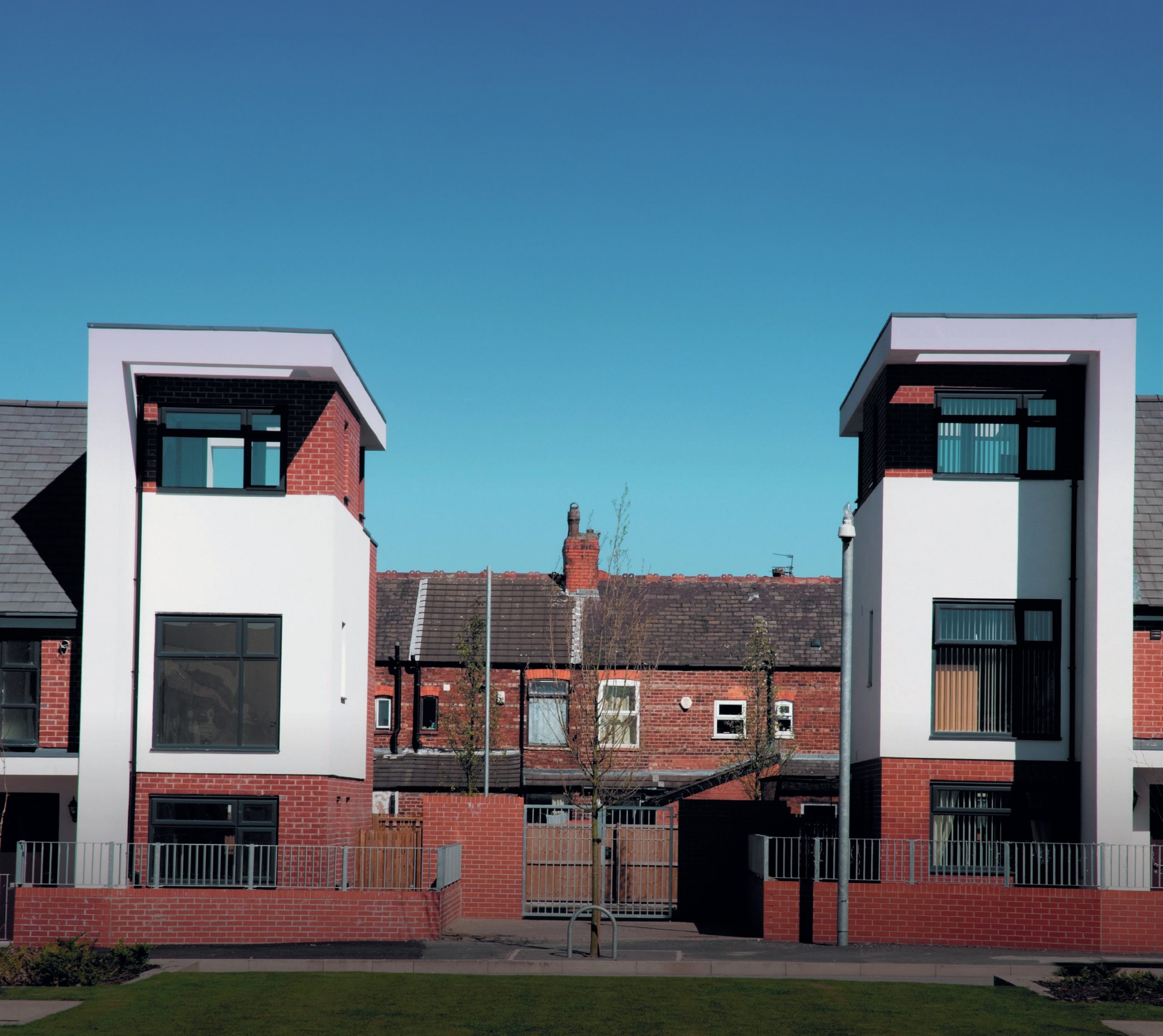
In geography we are taught to regard change as positive. One of the ways change happens in urban environments is through gentrification and regeneration. These processes can bring positives such as new housing, infrastructure, jobs, lower energy consumption and greener travel.
However, when you live in the place that is changing you have a different perspective. Having lived in inner-city Manchester for over 15 years, I get first-hand experience of what change means to residents. The pressure new developments place on existing services can be high and residents start to question whether redevelopment was intended to bring benefits for us or if it was designed to attract new residents to the area.
Your organisation does not have access to this article.
Sign up today to give your students the edge they need to achieve their best grades with subject expertise
Subscribe




